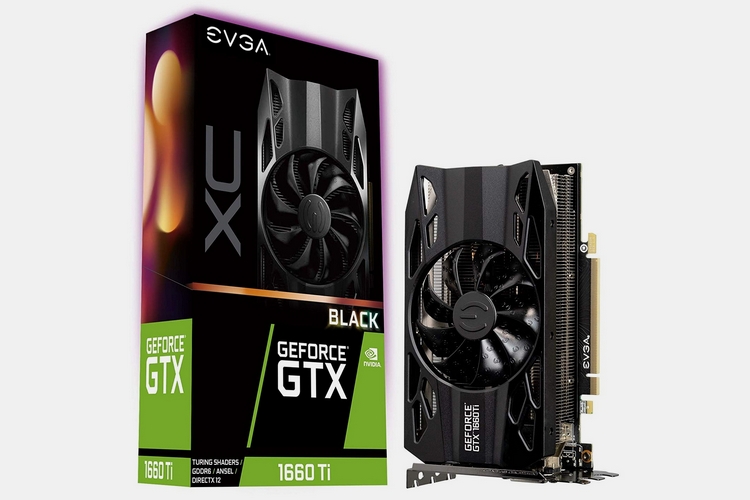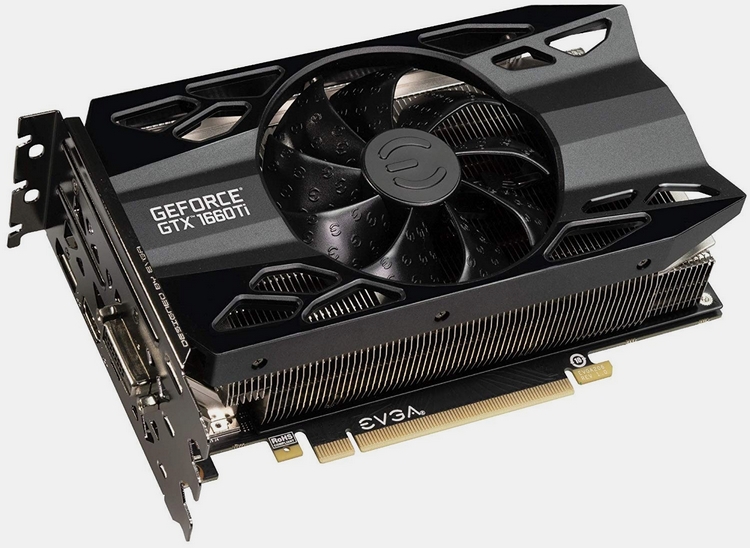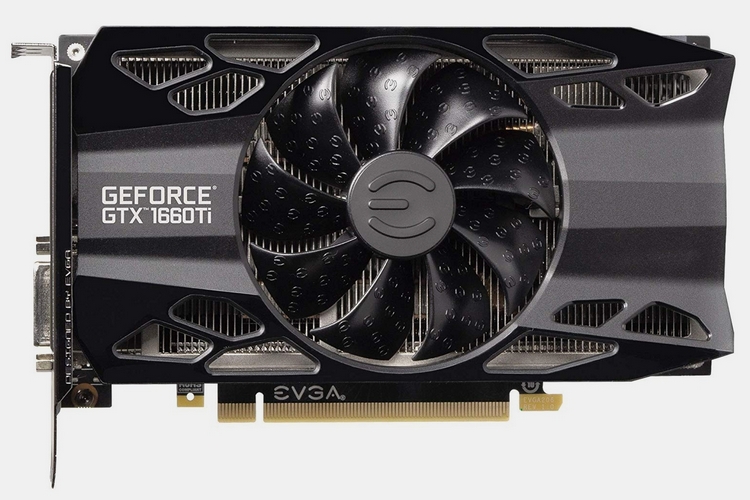
Nvidia’s RTX series is great (we talked about one of the cards in our CES gaming coverage), with its ray tracing capabilities boosting game performance in a substantial manner. Problem is, very few current games even support the feature, making the performance gains largely insignificant compared to the price markup over GTX models. That means, most people are still opting for Nvidia’s last-gen GPUs instead of paying for the newer series. So what’s a company to do? Well, maybe hold back on that ray tracing and keep things a bit simpler. That’s exactly what they’re doing with the Nvidia GTX 1660 Ti.
No, they’re not exactly going back to the previous-gen. Instead, the new GPU uses the next-generation Turing architecture employed in the RTX, so you get the new unified memory architecture and adaptive shading, albeit without some of the new tech that makes the new GPUs so much more expensive.

The Nvidia GTX 1660 Ti boasts performance numbers that, according to the outfit, rivals that of the GTX 1070, all while consuming less power and being priced more affordably. It comes with 1,536 CUDA cores, a 1.8GHz boost clock speed (with further overclocking), and 6GB of GDDR6 RAM running at 12Gbps, which should be powerful enough to run the current crop of battle royale games at 1080p 120fps (yes, even PUBG with all its optimization problems). A power envelope of 120 watts gives it one of the best performance per watt of any GPU at this price point, registering speeds around 1.5 times when compared to the 6GB GTX 1060.

To keep the price down, it ditches both real-time ray tracing (the rendering technique used to generate light reflections and other cinematic effects) and Deep Learning Super Sampling (DLSS), two of the more complex enhancements to be found in the flagship RTX series. It measures 5.7 x 4.4 Inches (length x height), with a width that takes up two slots on the board.

The Nvidia GTX 1660 Ti is available now.
- Real Boost Clock: 1770 MegaHertZ; Memory Detail: 6144MB GDDR6

